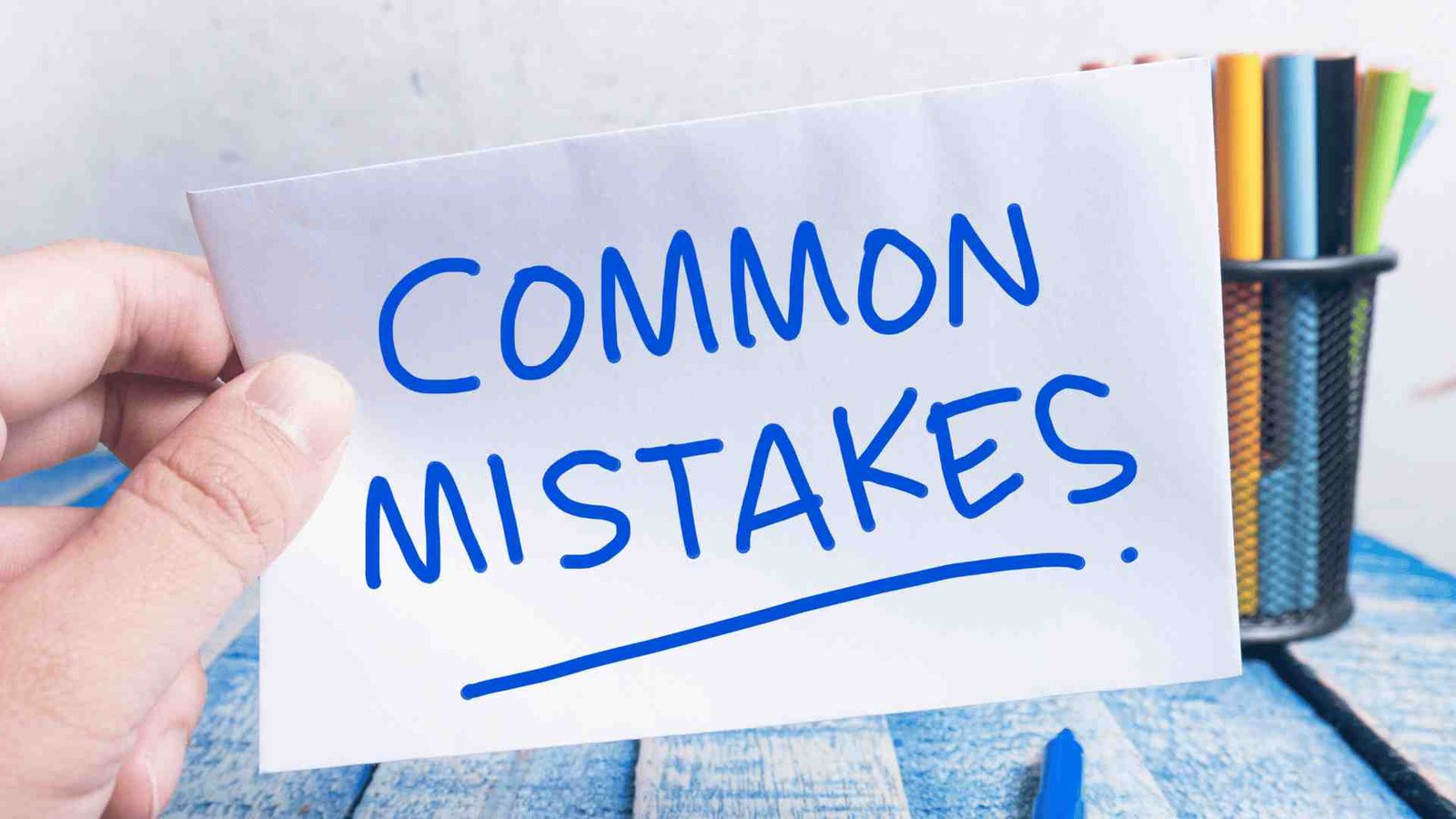
Best SEO Tips: 5 Top Strategy for Optimizing Your Website

What is Search Engine Optimization (SEO)?
SEO, or Search Engine Optimization, is the practice of optimizing a website to improve its visibility and ranking on search engine results pages (SERPs). It involves various strategies and techniques aimed at increasing organic (non-paid) traffic by enhancing the relevance and authority of the website in the eyes of search engines like Google, Bing, and Yahoo. SEO encompasses activities such as keyword research, on-page optimization, link building, and technical optimization to attract more visitors and ultimately drive conversions and revenue.
Importance of SEO for website visibility and traffic
- Increased Visibility: SEO helps your website rank higher in search engine results pages (SERPs), making it more likely to be seen by users searching for relevant information or products.
- Organic Traffic: By optimizing your website for search engines, you can attract organic traffic, which refers to visitors who find your site through unpaid search results rather than paid advertising.
- Credibility and Trust: Websites that appear higher in search results are often perceived as more credible and trustworthy by users. Effective SEO can help establish your site as an authoritative source in your industry or niche.
- Targeted Audience: SEO allows you to target specific keywords and phrases related to your business, attracting users who are actively searching for products or services like yours. This increases the likelihood of converting these visitors into customers or leads.
- Cost-Effectiveness: Compared to paid advertising, SEO can be a more cost-effective long-term strategy for driving traffic to your website. Once your site ranks well for relevant keywords, you can continue to attract visitors without ongoing advertising expenses.
- Competitive Advantage: In today’s digital landscape, where the majority of users begin their online journey with a search engine, having a strong SEO presence gives you a competitive edge over businesses that neglect optimization efforts.
- Adaptability: SEO is constantly evolving as search engines update their algorithms and user behaviors change. By staying updated with the latest SEO best practices, you can adapt your website to maintain or improve its visibility and traffic over time.
SEO Tip 1: Conduct Keyword Research
Why keywords are important in SEO research?
Keyword research is vital in SEO as it helps identify the terms and phrases users enter into search engines when looking for information, products, or services related to your business. By understanding these keywords, you can optimize your website’s content to align with user intent, improve your chances of ranking higher in search results, and attract targeted organic traffic. Effective keyword research enables you to uncover valuable insights about your target audience and competitors, shaping your overall SEO strategy for better visibility and relevance.
Techniques and tools for conducting keyword research
- Brainstorming: Start by brainstorming topics related to your business or industry to generate initial keyword ideas.
- Google Keyword Planner: Utilize Google’s Keyword Planner to discover relevant keywords, analyze search volumes, and identify keyword competition.
- Keyword Research Tools: Use dedicated keyword research tools like SEMrush, Ahrefs, or Moz Keyword Explorer to uncover new keyword opportunities, analyze competitor keywords, and track keyword rankings.
- Long-Tail Keywords: Focus on long-tail keywords, which are more specific and have lower competition, to target niche audiences and capture high-converting traffic.
- Related Searches: Explore the “related searches” and “people also ask” features on Google to identify additional keywords and understand user search intent.
SEO Tip 2: Optimize On-Page Elements of Website
What are On-Page SEO elements and its types?
On-page SEO elements play a crucial role in optimizing individual web pages for search engines. Title tags, the HTML elements specifying a page’s title, help search engines understand the topic and relevance of the content. Meta descriptions provide concise summaries of page content, influencing user click-through rates in search results. Headings (H1, H2, etc.) organize content hierarchically, improving readability and signaling important information to search engines. URL structure, including relevant keywords, enhances the page’s visibility and provides users and search engines with valuable context about the page’s content. Together, these elements contribute to better search engine rankings and improved user experience.
Best practices for optimizing each On-Page elements
1. Keyword Placement:
- Strategically place primary keywords in title tags, headings, meta descriptions, and content.
- Ensure keyword placement feels natural and does not disrupt readability.
2. Content Quality:
- Create high-quality, relevant content that addresses user intent.
- Offer valuable information, answers, or solutions to users’ queries.
- Use engaging language and formatting to keep readers engaged.
3. Readability and Structure:
- Structure content with clear headings (H1, H2, etc.) to improve readability and organization.
- Break content into digestible chunks with short paragraphs and bullet points.
- Use descriptive headings and subheadings that accurately summarize content.
4. Optimized Metadata:
- Craft compelling title tags and meta descriptions that accurately represent the page’s content.
- Ensure metadata includes relevant keywords and encourages clicks in search results.
- Avoid duplicate or generic metadata across pages.
5. URL Optimization:
- Create user-friendly URLs that are descriptive and contain relevant keywords.
- Keep URLs concise and avoid unnecessary parameters or symbols.
- Use hyphens to separate words in URLs for improved readability and SEO.
SEO Tip 3: Improve Website Loading Speed
Importance of website loading speed for SEO and user experience
Website loading speed is crucial for both SEO and user experience for several reasons. Firstly, search engines like Google consider page speed as a ranking factor, meaning faster-loading websites tend to rank higher in search results. A faster website provides a better user experience, reducing bounce rates and increasing engagement, which are also factors Google considers in its rankings. Moreover, in today’s fast-paced digital world, users expect websites to load quickly, and slow-loading pages can lead to frustration and abandonment. Ultimately, optimizing website loading speed not only enhances SEO performance but also improves user satisfaction and the likelihood of achieving business goals such as conversions and sales.
Techniques for improving website loading speed
1. Optimize Image Sizes:
- Compress images without sacrificing quality to reduce file sizes.
- Use next-gen image formats like WebP for better compression.
2. Minimize HTTP Requests:
- Reduce the number of elements on web pages such as scripts, stylesheets, and images.
- Combine multiple CSS and JavaScript files into single files where possible.
3. Enable Browser Caching:
- Set up caching headers to instruct browsers to cache static resources like images, CSS, and JavaScript files.
- Specify a cache expiration date to control how long files are stored in the browser cache.
4. Utilize Content Delivery Networks (CDNs):
- Distribute website content across multiple servers worldwide to reduce latency and improve loading times for users globally.
- Serve static resources from the nearest CDN edge server to users for faster delivery.
5. Reduce Server Response Time:
- Optimize server configurations and database queries to minimize the time it takes for the server to respond to requests.
- Use server-side caching mechanisms such as opcode caching and object caching to speed up dynamic content generation.
SEO Tip 4: Create High-Quality Content
High-quality, relevant content is paramount for SEO due to several reasons. Firstly, search engines prioritize content that provides value to users, rewarding well-written, informative material with higher rankings. Secondly, engaging content encourages user interaction, leading to longer dwell times and lower bounce rates, both of which are favorable signals for search engine algorithms. Moreover, quality content attracts natural backlinks from other reputable sites, further boosting a website’s authority and visibility in search results. Ultimately, investing in high-quality, relevant content not only enhances SEO performance but also cultivates trust and credibility with both users and search engines.
1. Keyword Research:
- Conduct thorough keyword research to identify relevant keywords and phrases that align with your content and target audience.
- Incorporate primary and related keywords naturally throughout the content, including in headings, paragraphs, and image alt text.
2. Headings Optimization:
- Structure your content with clear and descriptive headings (H1, H2, etc.) to improve readability and signal the organization of your content to search engines.
- Include primary keywords in headings where appropriate to reinforce the relevance of your content.
3. Content Quality and Relevance:
- Focus on creating high-quality, informative content that addresses the needs and interests of your target audience.
- Ensure content is relevant to the topic or keyword being targeted, providing valuable insights, answers, or solutions.
4. Internal Linking:
- Incorporate internal links strategically throughout your content to connect related pages within your website.
- Use descriptive anchor text that includes relevant keywords to provide context to both users and search engines.
5. Optimize Meta Tags:
- Write compelling title tags and meta descriptions that accurately represent the content of your page and include relevant keywords.
- Craft unique and engaging meta tags for each page to improve click-through rates in search results and signal relevance to search engines.
SEO Tip 5: Build Quality Backlinks
Why backlinks are important for SEO?
Backlinks are crucial for SEO as they serve as votes of confidence from other websites, signaling to search engines the credibility, relevance, and authority of your site. Websites with a higher number of quality backlinks tend to rank higher in search engine results pages (SERPs), as search engines view them as more trustworthy and valuable resources. Additionally, backlinks contribute to increasing organic traffic by directing users from other websites to yours, thus enhancing your website’s visibility and online reputation.
Strategies for acquiring high-quality backlinks from authoritative websites
1. Create High-Quality Content:
- Produce valuable, engaging, and informative content that naturally attracts links from other websites.
- Aim for content that provides unique insights, solves problems, or offers original research to make it more likely to be linked to.
2. Build Relationships with Influencers and Industry Leaders:
- Engage with influencers and thought leaders in your industry through social media, networking events, and email outreach.
- Collaborate on content projects, interviews, or guest posts to leverage their audience and earn backlinks from their websites.
3. Guest Blogging:
- Identify reputable websites and blogs within your industry that accept guest contributions.
- Write high-quality guest posts that provide value to their audience and include relevant links back to your website in the author bio or within the content.
4. Broken Link Building:
- Identify broken links (404 errors) on authoritative websites related to your niche using tools like Check My Links or Ahrefs.
- Reach out to the website owner or webmaster to notify them of the broken link and suggest replacing it with a relevant link to your content.
5. Create Linkable Assets:
- Develop linkable assets such as infographics, ebooks, whitepapers, or tools that provide valuable information or resources for your target audience.
- Promote these assets through outreach campaigns to relevant websites, offering them as valuable resources to link to in their content.
In conclusion, mastering SEO is essential for maximizing your website’s visibility, attracting organic traffic, and achieving long-term success online. By implementing the five key tips discussed—conducting thorough keyword research, optimizing on-page elements, building quality backlinks, ensuring fast loading speed, and monitoring performance—you can enhance your website’s SEO effectiveness. Remember, SEO is an ongoing process that requires dedication, adaptation to algorithm changes, and continuous improvement. By prioritizing these strategies and staying informed about the latest SEO trends and best practices, you can position your website for success in the competitive digital landscape.
Related Articles
Frequently Asked Questions
The top factors for optimizing a website for SEO include keyword research and integration, high-quality content creation, optimizing meta tags and descriptions, improving website speed and mobile-friendliness, and building high-quality backlinks.
The timeline for seeing results from SEO efforts can vary depending on factors such as the competitiveness of your industry, the current state of your website’s SEO, and the strategies implemented. Generally, significant improvements may take several months to a year to materialize, but minor improvements could be noticeable in a matter of weeks.
It depends on the resources and expertise available within your organization. While some businesses may have the knowledge and capability to handle SEO in-house, others may benefit from the specialized skills and experience offered by an SEO agency. Assess your team’s capabilities, time availability, and budget constraints to determine the best approach for your business.

VAIBHAV GUPTA
DIGITAL MARKETER
I’m Vaibhav Gupta the founder of DCampaign Marketing. I’m having experience for more than 4 year in the field of digital marketing as well blogging.

